Rare Disease Day took place on February 29th. As you’ve probably noticed, that was six days ago. But I have a good reason for mentioning it today, which I’ll get to in a minute.
The goal of Rare Disease Day is to raise awareness for the 300+ million people living with a rare disease around the world. There are more than 7,000 diseases that qualify as “rare”, some with patient populations in the single digits. If you live with a rare disease, it can be an isolating experience, especially when you have to explain what your disease is over and over and over again because no one’s ever heard of it.
For those unfamiliar, I live with a rare neuromuscular disease called limb-girdle muscular dystrophy type 2B (LGMD2B). I first began noticing symptoms — unexplained muscle weakness —a few months after I graduated from college in 2008. To say everything has changed since then is an understatement.
In the week leading up to Rare Disease Day, I shared my story in daily installments on LinkedIn. (Feel free to give me a follow!) My goal was to raise awareness by putting a face to the rare disease experience. I didn’t know if anyone would want to read my origin story, but it turns out people appreciated learning about my journey and how I got to where I am now.
Today, I’d like to share this ten-day series in its entirety. It wrapped up last Thursday, which is why I didn’t write about it here last week. Then again, the timing doesn’t really matter, since for me, every day is Rare Disease Day.
This is a long piece, so it might be easiest to read it in multiple sittings.
I hope you enjoy it!
Day 1: The Diagnostic Odyssey
For the first eighteen years of my life, I had no idea I was a ticking time bomb.
Growing up, I was an active kid. I played basketball. (All offense, no defense.) I ran track. (Slowly.) I walked anywhere and everywhere. My health seemed fine, until my senior year of high school, when I was involved in a serious car accident.
Although sore and bloodied, I was unscathed. X-rays came back negative, and I was given a clean bill of health.
I was all set to be discharged from the hospital when a doctor came rushing into my room. “Your blood results are abnormal,” she said with a tinge of concern in her voice. “You need to go back in for more imaging.” She thought I had suffered an internal injury.
It turns out, my creatine kinase (CK) level, a muscle breakdown biomarker, which should have been a few hundred, was over 30,000.
Further imaging proved inconclusive. I was discharged from a hospital with a plea from the doctor: go see an endocrinologist to get to the bottom of this.
“Is it serious?” I asked.
“Possibly.” (Always comforting to hear.)
The endocrinologist passed me off to a rheumatologist, who then passed me off to a neurologist. In July, nine months after my accident, I had a muscle biopsy of my left thigh.
A few weeks later, I finally had a diagnosis: dysferlinopathy. (Another name for LGMD2B.) Somehow, inexplicably, I had a muscle disease.
After breaking the news, the neurologist saw the confused look on my face. “It's not serious,” she said. “Put it out of your mind, and don’t worry about it. The symptoms will happen later in life, and we'll deal with it then."
The diagnosis was unsettling, but if she wasn't concerned, that was good enough for me. College was beckoning and that's all I cared about. So I pushed it out of my mind.
Looking back, it's crazy to think how I took this news in stride. But given the long, winding nature of my diagnostic journey, I was exhausted by the process. It took ten months and ten-plus appointments to get to this point, and I simply done.
Day 2: Alarm Bells
Three weeks after my diagnosis, I was off to college. Symptom-free, I pushed the ordeal of the last ten months out of my mind.
In September 2004, I enrolled at Northeastern University. One month later, the Boston Red Sox broke the curse and won the World Series, and I was on cloud nine — a fitting start to the best four years of my life.
I loved everything about being a college student in Boston. Every major attraction was within walking distance. I loved the vibrant energy of the city, being near dozens of other colleges and universities, the endless variety of food options, and of course the parties academics.
In my junior year, I considered studying abroad in London but turned it down because I knew I’d have a chance to travel once I graduated. I didn’t want to leave Boston.
Why rush? My whole life was ahead of me.
In 2008, I graduated with a degree in marketing. The four years flew by. Although I didn’t feel like a grownup, I was ready for the challenge of the real world.
And what a challenge it would be.
Two weeks after graduation, I noticed what would end up being the first symptom of my disease. I lived two blocks from Fenway Park at the time. After work one night in early June, I went for a run by my apartment. A few minutes into the run, I noticed that my calves and quadriceps were starting to burn. I tried to push it out of my mind, but the pain became so intense I had to stop.
I had barely broken a sweat, yet my legs couldn’t take one more step.
I stretched my legs, trying to shake off the burning sensation. I tried to run again but had to stop almost immediately. That’s when I noticed where I was — or more accurately — where I wasn’t.
The intersection where I usually stopped was still a hundred yards away.
I couldn't wrap my mind around what had just happened. My subconscious came up with a host of possible reasons. Maybe I’m just out of shape. Maybe it’s work stress. Maybe I’m coming down with the flu.
But my muscle disease? It couldn’t be that. “The symptoms will manifest later in life,” I remember the neurologist telling me back in 2004. I clung to that prognosis like a life raft.
She said later in life. She didn't mean 21.
Deep down, however, alarm bells were ringing. Deep down, I knew the truth.
Day 3: The Knockout Blow
I walked out of the hospital and slumped onto a nearby park bench.
It was freezing out, but I didn't care — the life I once knew was now gone forever.
I had just come out of my appointment with a neurologist at a prestigious Boston hospital. In thirty minutes, he delivered one body blow after another, making it clear why I had resisted scheduling this appointment in the first place.
I wasn’t ready for the truth.
It was November 2009, sixteen months after I first noticed a burning sensation in my legs while going for a run. Over the next few months, I would lose the ability to run and carry heavy objects up the stairs.
I now accepted that this weakness had to do with my disease, but I didn’t know how. I figured if I didn’t schedule an appointment, I could keep hope alive that it would go away on its own. But eventually, I realized I had to get it checked out.
The appointment began as I expected. After analyzing my walking gait and testing my strength, the neurologist was quick to confirm that my original dysferlinopathy diagnosis was correct.
But I wasn't prepared for what came after.
In passing, I told him what the neurologist said five years prior, how this disease would manifest later in life.
“No, it’s happening now,” he said matter-of-factly. The first body blow.
Although shocked, I assumed there was something I could do to stop the muscle weakness or reverse it.
“Unfortunately, there’s not a whole lot you can do,” he said. “You might be able to slow it down with lifestyle modifications, but that’s about it.”
Another body blow.
“Is there a drug I could take?
“Unfortunately, there aren’t any drugs or clinical trials for this disease.”
Body blow.
“Are there supplements that can give me dysferlin?”
“That’s not really how it works. It’s not a protein you can consume.”
Body blow.
My pulse quickened and I started to feel light-headed. I was reeling. Finally, I asked the question I had been dreading.
“Will I lose the ability to walk?”
He sighed, choosing his words carefully. “It’s likely that you are probably going to start using a wheelchair sometime in the next decade. This timeline isn’t set in stone, but that’s how this disease progresses. I’m sorry.”
The knockout blow.
He said other things after that, but I stopped paying attention. After a few minutes of small talk about scheduling my follow-up appointment, he got up, said he’d see me in six months, and left the room.
I assumed a nurse or social worker would come in to help guide me through what came next. But no one did.
After ten minutes, it was clear: I was on my own.
Day 4: Crossing the Rubicon
Before I could process what happened, I was already on the pavement.
Five seconds earlier, I was chatting with my roommate Pat as we walked to the CVS a few blocks from our apartment.
I took a step — one of the millions of steps I’ve taken in my life — only this time, my right leg wasn’t up to the task. My knee buckled, gave out, then the next thing I knew, I was on the ground, hands and knees encrusted in gravel.
I knew this day would eventually come, but it didn’t make it any easier once it happened.
September 10, 2011: the day of my first fall. I was only 24 years old.
“Are you okay?” Pat asked.
I didn’t know how to answer. Do I lie? Do I tell the truth? Do I go on a rant about how unfair my life has become?
“I fell,” I said, stating the obvious. I lifted myself back into a standing position and wiped the gravel off my hands and knees. “I’m fine.”
(Narrator: He wasn’t fine.)
Over the previous six months, my right knee buckled at random times, but I was always able to regain my balance. But not today.
By this point, I had been dealing with symptoms of my muscle disease for three years. Every lost ability, every muscle spasm, every shooting pain, had pointed to this moment. A fall was simply the next milestone.
I knew when it finally happened, I would have to contend with the ramifications. But I always held out hope that I would stop the progression from ever getting this far.
On that September morning, however, my body jolted me back to reality.
Every step from now on would carry the risk of a fall. Every step would have to be carefully planned. I could no longer trust my legs to provide the stability I required to stay upright.
A new chapter had begun. I had passed the point of no return. I had crossed the Rubicon.
Day 5: Isolation
The fall changed everything.
Almost overnight, I became hesitant to go anywhere but work, out of fear that at any given moment, I might crumple into a heap. I turned down going to the bar with friends and running errands. I even stopped going for walks around the neighborhood.
I desperately wanted to hide my falls, as if I could somehow control them. But this disease was out of my hands.
My legs always seemed to give out at inopportune times. When falls happened, usually in public, I would joke that I twisted my ankle or that I was deep in thought and wasn't looking where I was going. But it was all a lie.
Every fall was a reminder of what was happening inside my body, how my muscle cells were gradually wasting away.
In December 2011, I moved to a new apartment, one without stairs, miles away from my best friends from college. My life narrowed into a predictable routine. Work, then home. Work, then home. Gradually, I retreated out of public view.
My family and friends worried about me. My demeanor grew darker, more withdrawn. I let them know the bare minimum, as much as the conversation required, nothing more.
Without consciously realizing it, I had made the decision to carry my burden alone, and I paid the price emotionally. One time, I googled “depression” and realized that I had all the symptoms.
That's when it hit me: something had to change.
I knew what supports were available, but I couldn’t bring myself to seek them out. I knew I could get therapy, or open up to my friends and family, but I didn’t know how to express what was going on.
No one ever talks about the emotional impact of a life-altering disease. But sometimes, emotions are the most formidable symptoms.
Looking back, I made every mistake in the book during this time, and as a result, I suffered more than I should have.
Thankfully, my situation was about to change. And for the first time in a long time, it would change for the better.
Day 6: Asking for Help
Eventually, we all reach the point when we have to make a choice.
When life beats us down repeatedly, we must decide, once and for all, whether to fight back or spiral further out of control. We may not know exactly what we need to do, just that something has to change.
In 2013, I reached this point.
I was tired of being reactive. Tired of my muscle weakness dictating the terms of my life. It was time to absorb the facts of my rare disease into my journey and move forward, even if I still struggled to accept what had happened.
It was time to ask for help.
My family and friends knew I was struggling, but they didn’t know to what extent. It was time to change that.
Asking for help felt like pulling off a Band-Aid. I was prideful; I wanted to show people that I had my act together, and that I was competent, but this only led to further isolation. Asking for help felt like the opposite of competence.
But I soon realized that the most competent thing I could do was admit my limitations to those who loved and cared about me.
Over the next few weeks, I had separate conversations with my parents, my friends, and my coworkers, letting them know what was going on in my life.
I told them I needed help with handling the emotional ups and downs of the disease. I needed them to do my laundry, carry my things, and pick me up off the sidewalk when I fell.
But above all, I needed them to keep me afloat.
It turns out that rather than think less of me, they were more than happy to help. They only wished I asked sooner.
Once I finally opened up, I was able to see the life-changing impact of sharing my struggles. For so long, I tried to do everything on my own and paid the price. I wish I had come to this realization sooner but am happy that I eventually figured it out.
To those who helped me during that time (and those who continue to help me today), you know who you are. I am thankful every day for you.
Day 7: From End to Beginning
My life changed the day I realized that I could still achieve my life goals.
One morning in the summer of 2013, I sat down to brainstorm the various goals and dreams I had pushed to the side once my muscle disease took over my life. I took out a sheet of yellow legal paper and made a list.
There were little goals — go on a trip to New York City, attend a Red Sox game, start blogging, etc. — and big goals, chief among them, getting my MBA.
Business school was something I wanted to do ever since I heard my undergrad finance professor gush about his experience. Although I liked my job at an ad tech startup, I knew eventually I’d want to work in the healthcare space doing something — anything — that was related to my disease.
But seeing “Get my MBA” on the page was intimidating. Looking forward, it felt unattainable. I stared at the words for several minutes, dwelling on all the steps involved. My anxiety spiked.
But then it hit me: the way forward would become clear if I started with the end goal — graduation — and worked backwards.
I turned my sheet of paper upside down. Over the next hour, I reverse-engineered all the steps necessary to make business school work.
Graduation would require good grades, getting to and from campus, and having a support system of classmates and staff to help me with the day-to-day grind. I needed to get a scooter and find an apartment close to campus. I’d need to take out student loans. And as a first step, I’d need to take the GMAT exam.
Business school wouldn't be easy, but at least now the steps were clear. And with clarity came confidence. I knew what I had to do.
Three years later, on a warm spring day in May 2016, I received my MBA diploma from Boston College. Success!
Had I not taken the time to invert the goal and work backwards, had I not finally asked for help, I wouldn't have been able to make it work.
My disease was still an obstacle, but it wasn't THE obstacle I had made it out to be.
Day 8: Role Models Light the Way
After my rare disease diagnosis, I didn’t want to think about the future.
I knew LGMD2B patient forums existed, but I was too afraid to read them.
I didn't want to read about muscle weakness. I didn’t want to read about failed clinical trials. I didn’t want to know what my life would be like in ten, twenty, or thirty years.
On rare occasions when my curiosity got the best of me, I’d read a forum thread, only to recoil at the negativity and arguments. Even if ten people were positive, all it took was one bad apple to make me think: This is how I’m going to end up in the future. Jaded and angry.
So I avoided forums altogether. It was one of the many ways I isolated myself in those early years. I didn't want to hurt myself further.
But avoidance only lasted so long. Eventually, my disease progressed to the point where I became desperate to connect with someone — anyone — who could understand what I was going through.
I needed role models – others who could light the path and help me thrive with this disease.
The first opportunity came at the 2013 Jain Foundation research conference. At the conference, I made my first connections – three patients who lived with 2B.
I asked them dozens of questions, and they were more than happy to provide answers. Although their muscle weakness was advanced, each was living proof that there was life on the other side of this disease.
I left the conference brimming with hope. I should have made these connections much sooner!
In the years since, I have continued to seek out role models who have helped show me how to navigate day-to-day challenges, face adversity, and ultimately, live a full life. Some have my disease; others have different challenges. Most are still living; others have since passed.
I owe them all a debt of gratitude. The best way I can honor my role models is to pay it forward, in some small way.
Day 9: Sharing My Story
Growing up, I dreaded public speaking. Every time I stepped in front of a room, I’d sweat profusely, and my voice would crack. If you told me that later in life, I would embrace the opportunity to talk in front of an audience, I wouldn’t have believed it.
I didn’t set out to become a public speaker; public speaking found me.
Earlier, I mentioned meeting other patients at the 2013 Jain Foundation research conference. That was also the first time I shared my story.
I was so nervous that day. I wrote out, word for word, my entire speech. Three pages.
Only, when it came time to talk, I didn’t use my notes. I knew my story by heart.
That day, I gained confidence in my speaking abilities. It turns out that I was pretty good at it!
A few months later, I began blogging for the Muscular Dystrophy Association. Based on the supportive comments I received, I realized that writing was also a powerful way to express what I’ve gone through.
In the years since, I have refined my patient story, adapting it for many types of audiences. Now, I can tell it cold with minimal preparation.
Every time I speak or write about my story, I see the impact my journey has on others. It’s not that my story is so amazing, it’s just that not many people understand what it’s like to live with a rare disease.
What I like best about speaking and writing is that it allows me to gain control over my story. For so many years, my disease forced me to be reactive, but now I’m the one on the offensive. I’m the one who gets to interpret my experience, form it into a narrative, and repackage it for the wider world.
But I’m still just one person. There are so many rare disease stories there that need to be told, whether it’s through writing, speaking, art, or another medium.
Day 10: Becoming an Advocate
There are many things I don’t like about having a rare disease. But one of the silver linings has been learning how to advocate for myself.
It’s amazing to think that in the span of five years, I went from not wanting to know anything about my disease to having meetings with lawmakers. If I stumbled into public speaking, I stumbled even more into becoming an advocate.
Whenever I attend conferences or “Hill Day” events, I enjoy the opportunity to raise awareness for issues facing the rare disease community. The support of lawmakers can make such a positive difference in our lives.
Sadly, there is no shortage of pain points we experience, whether it's drug development, therapy access, independent living, accessibility, air travel, caregiving, or something else.
The good news is that more and more rare disease families are becoming passionate advocates. Every perspective is valuable, because at the end of the day, there’s so much that needs to be done.
Thank you to the Muscular Dystrophy Association, Jain Foundation Inc and National Organization for Rare Disorders for teaching me the ins and outs of becoming an advocate!




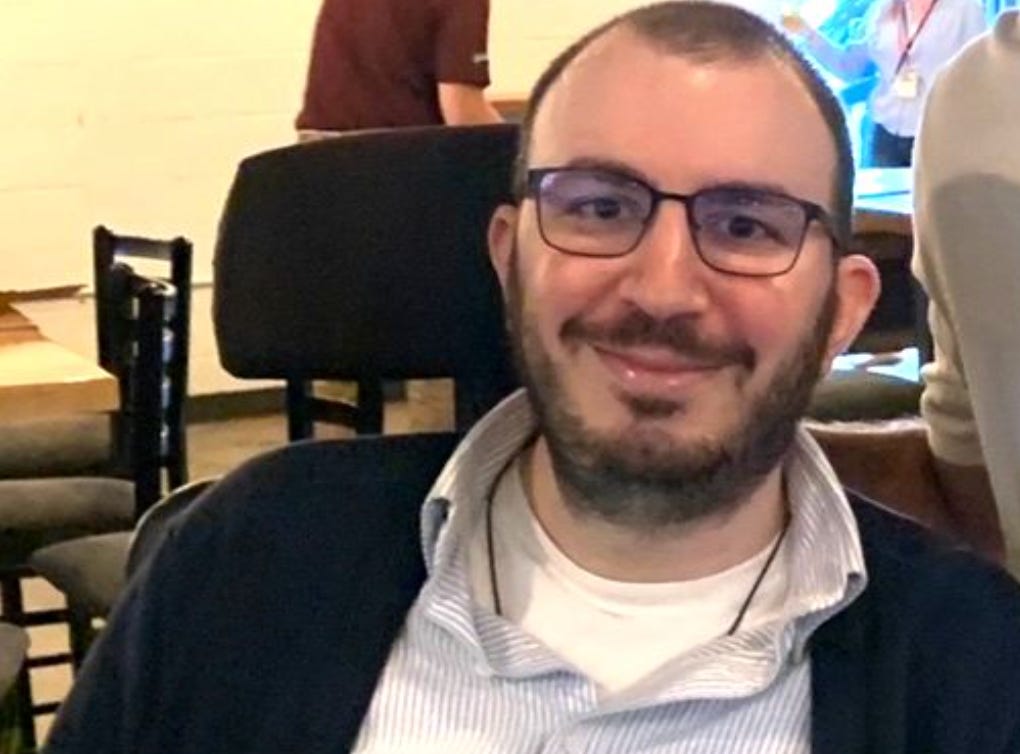
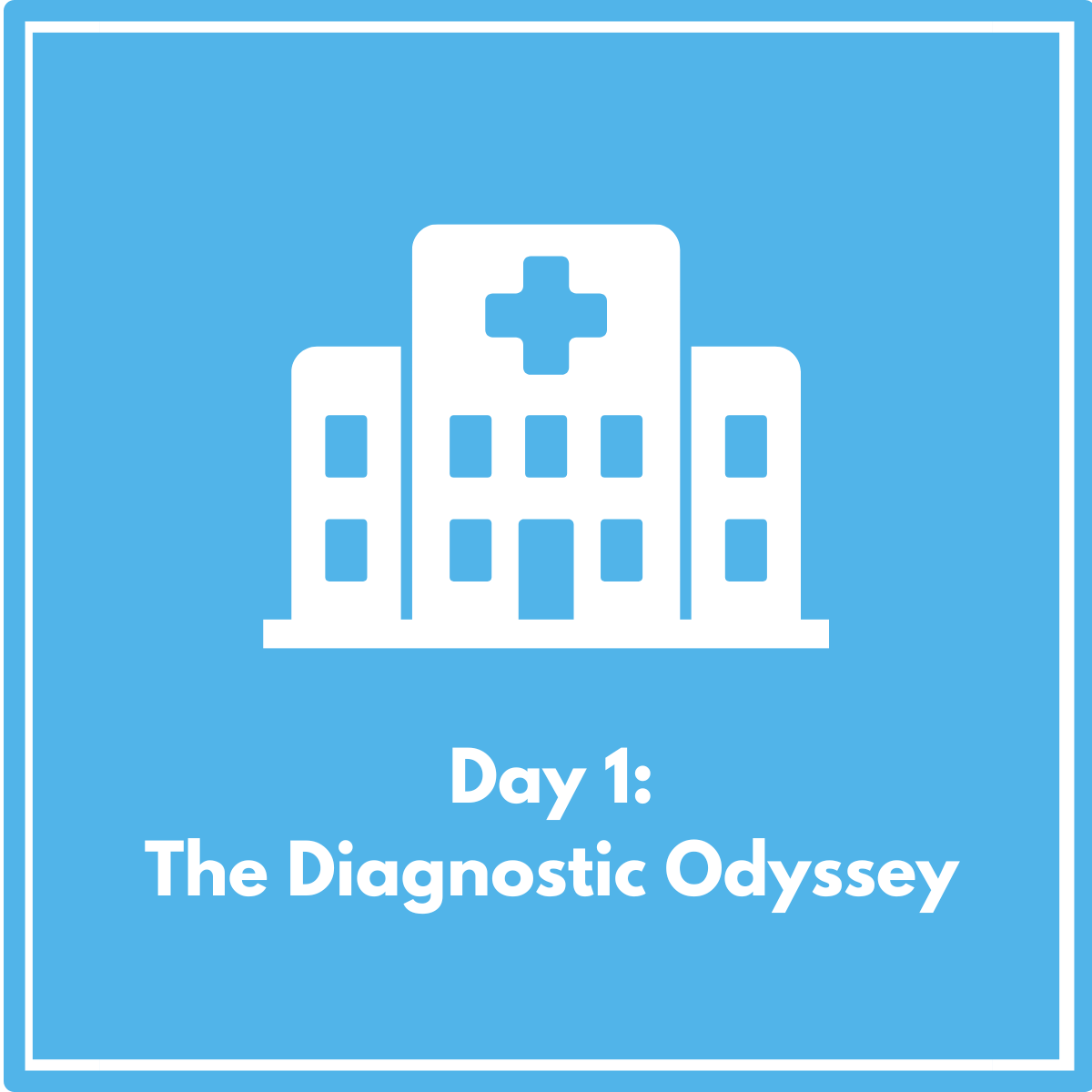
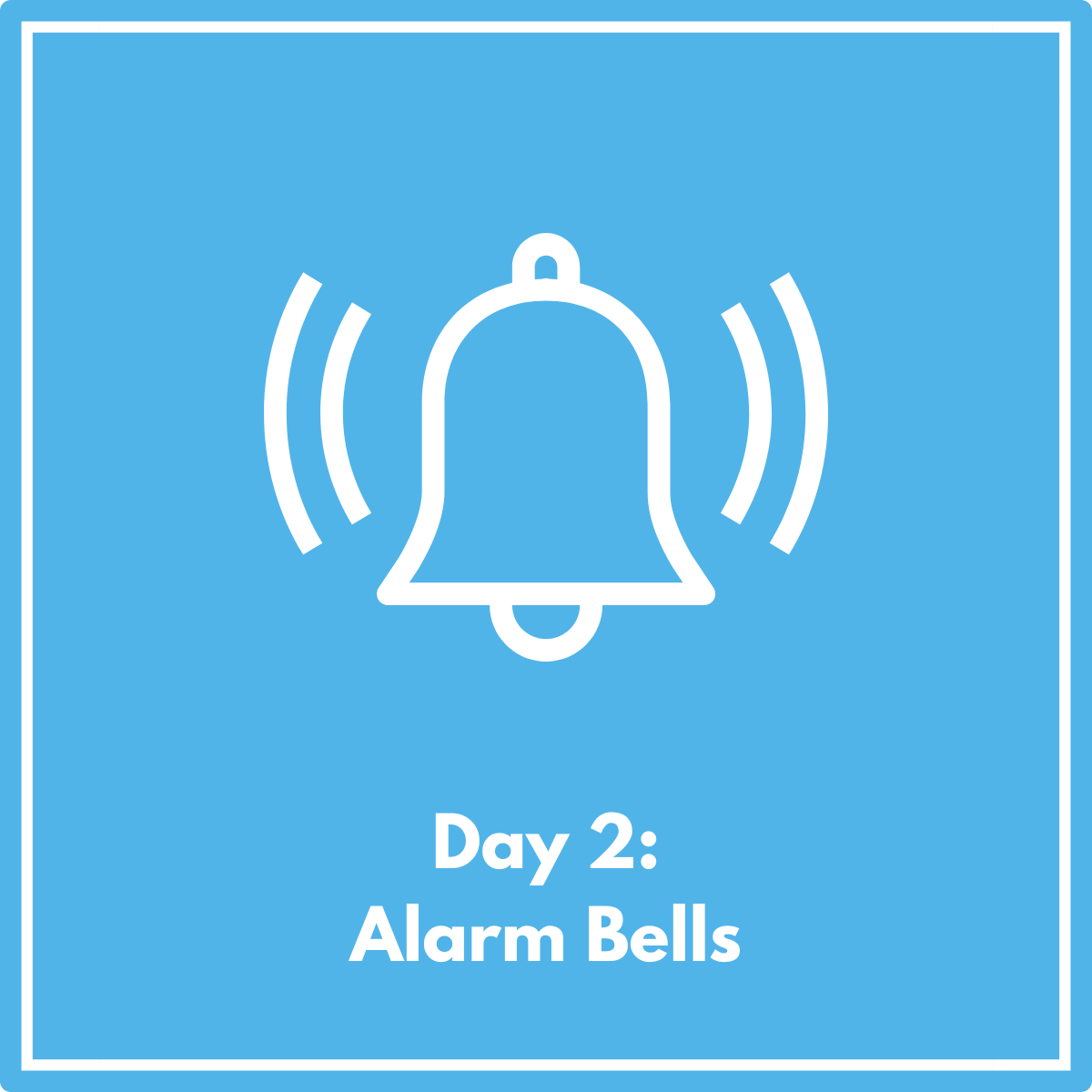

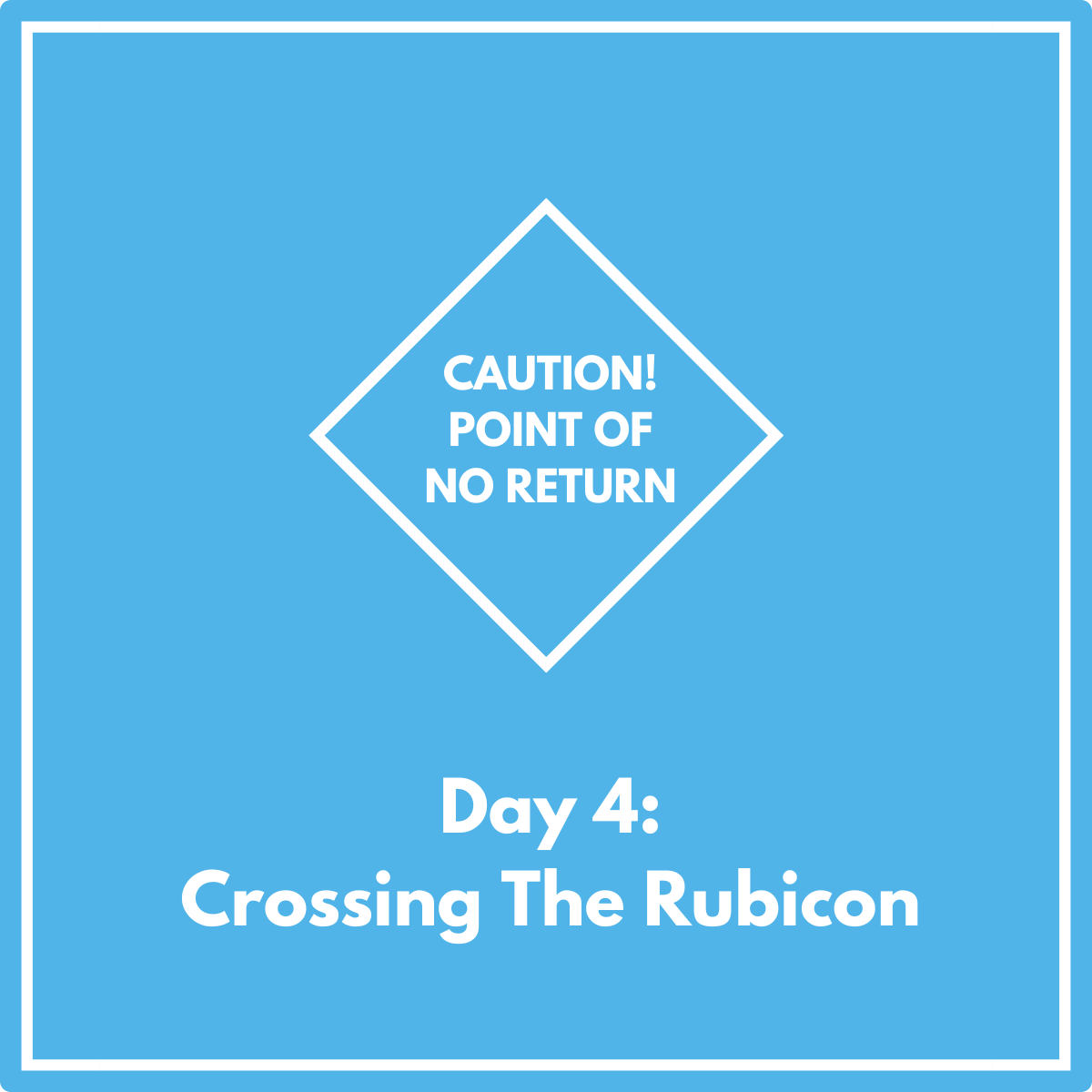
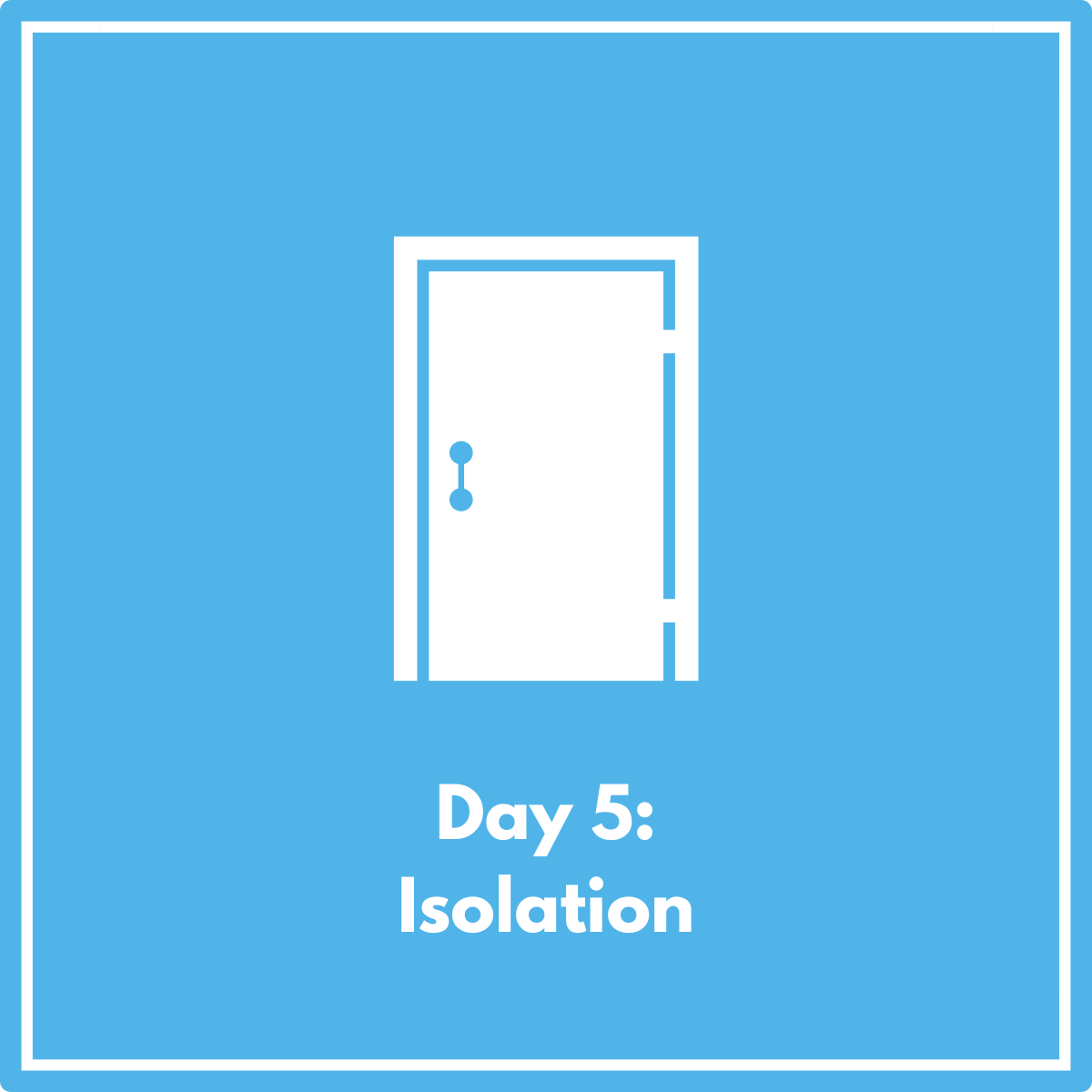
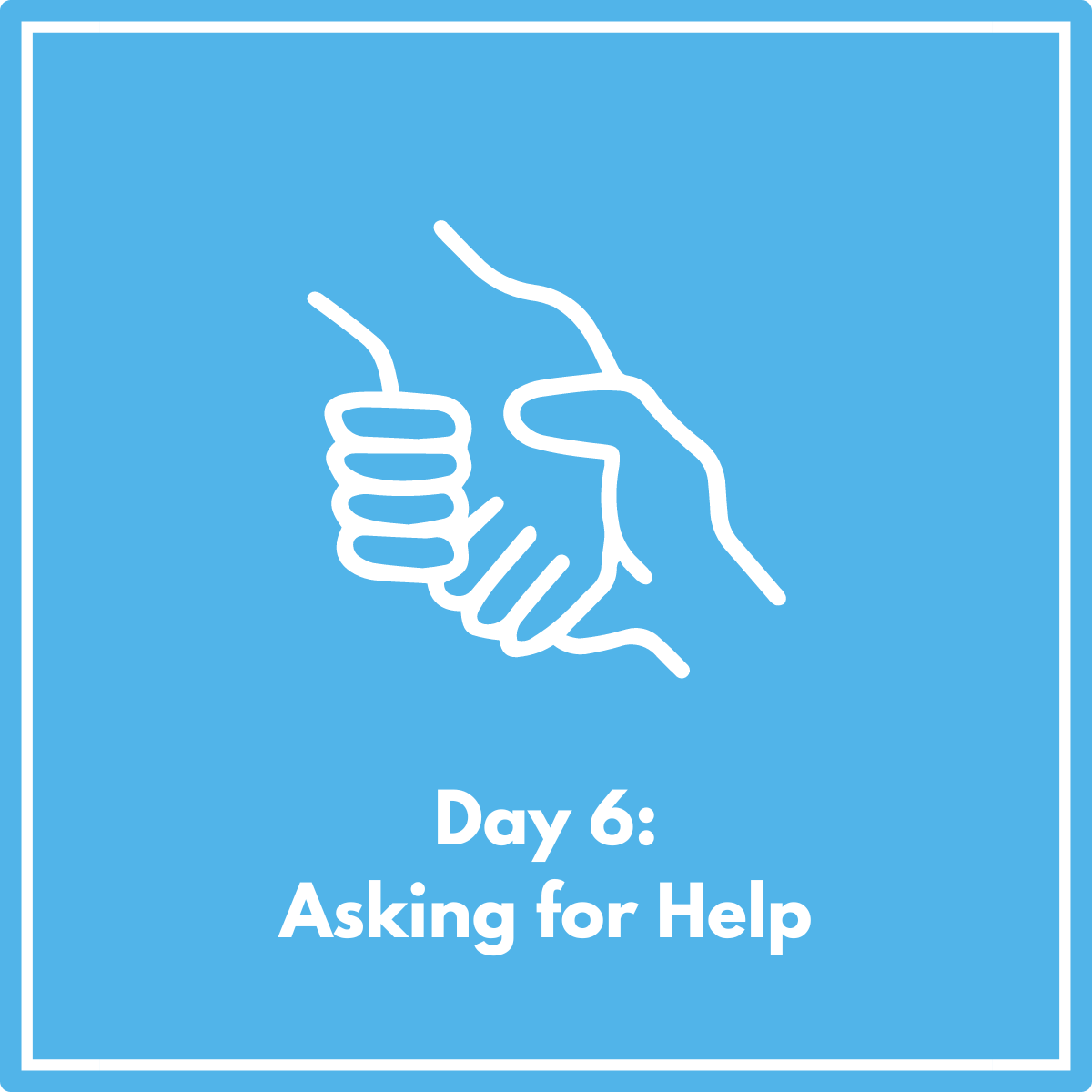
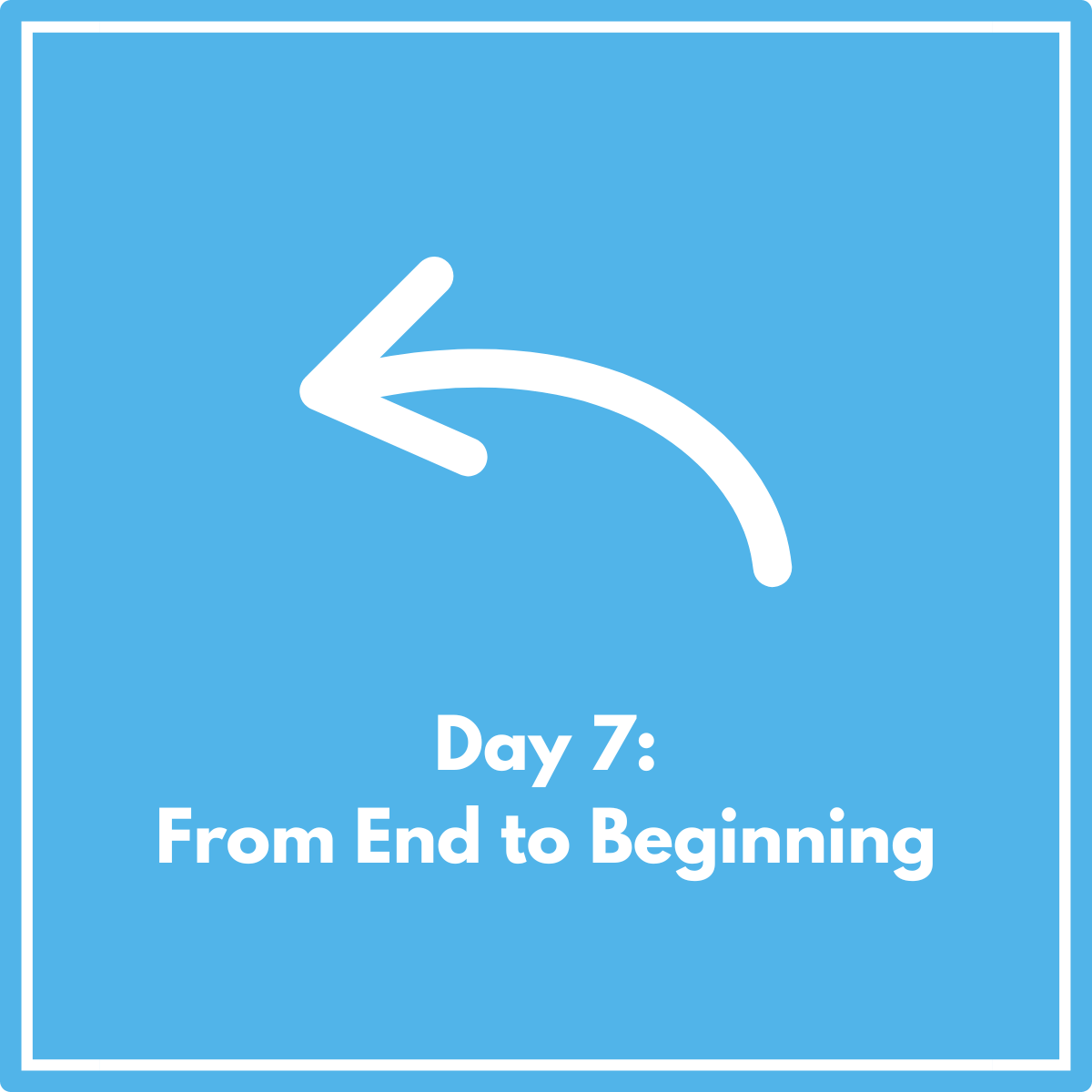
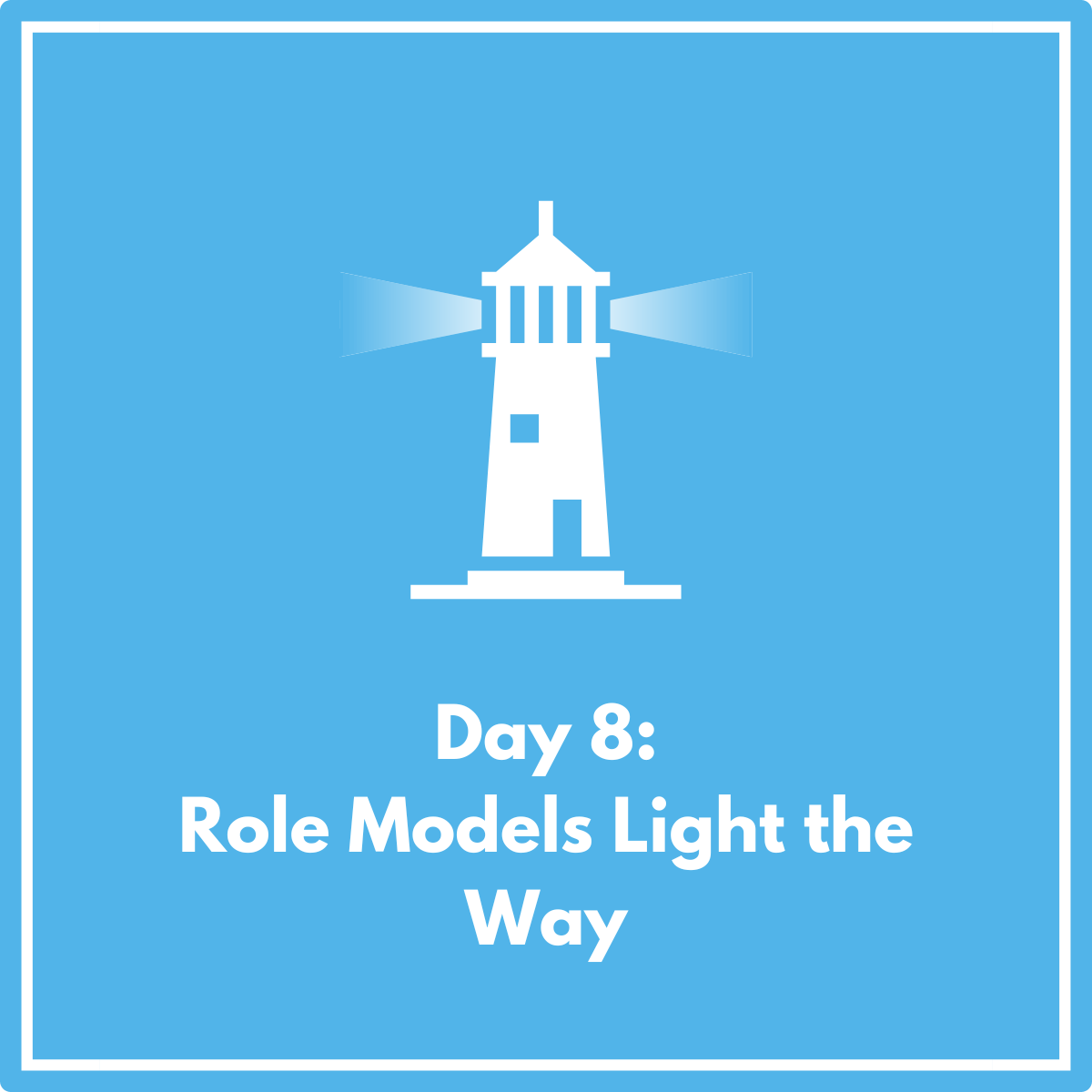
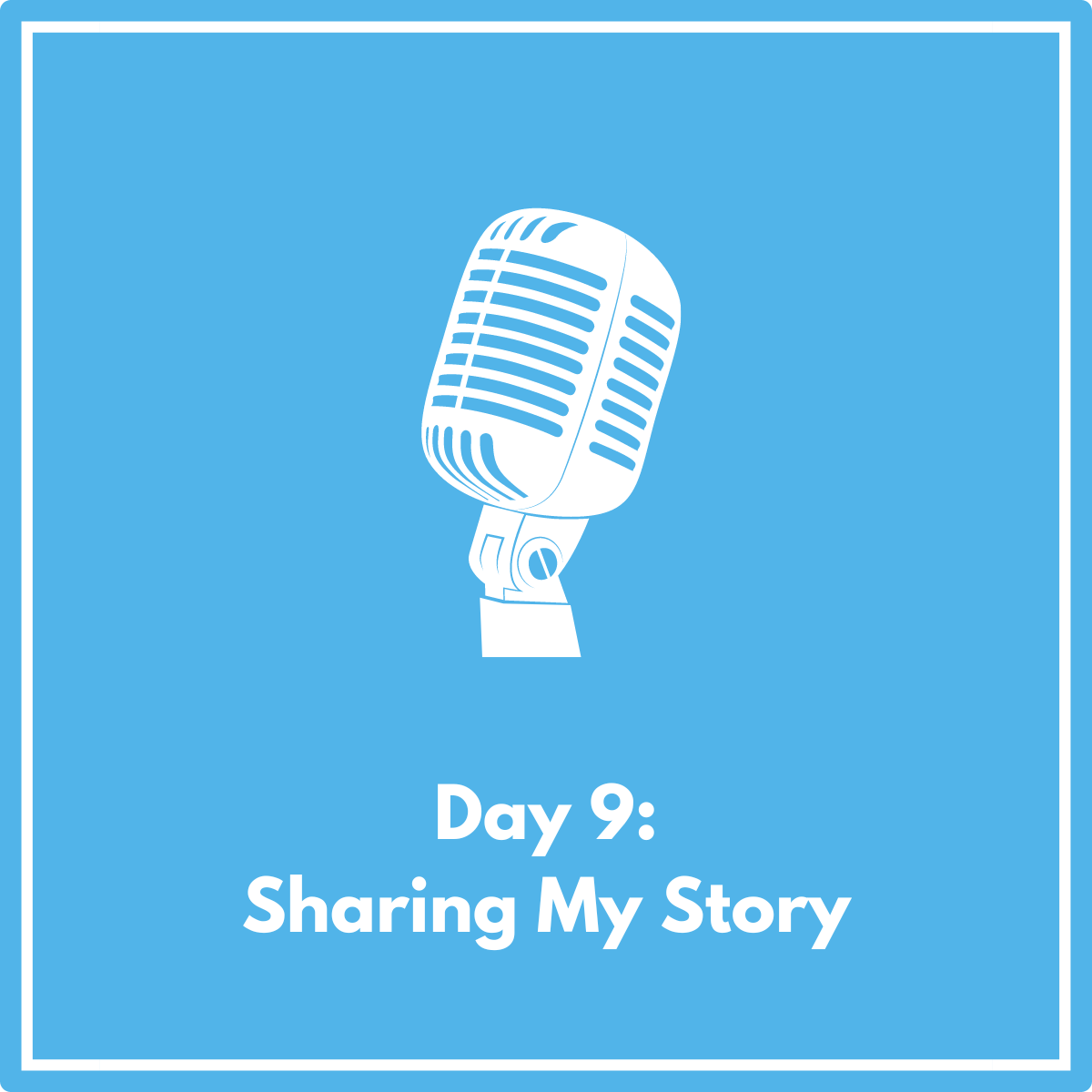
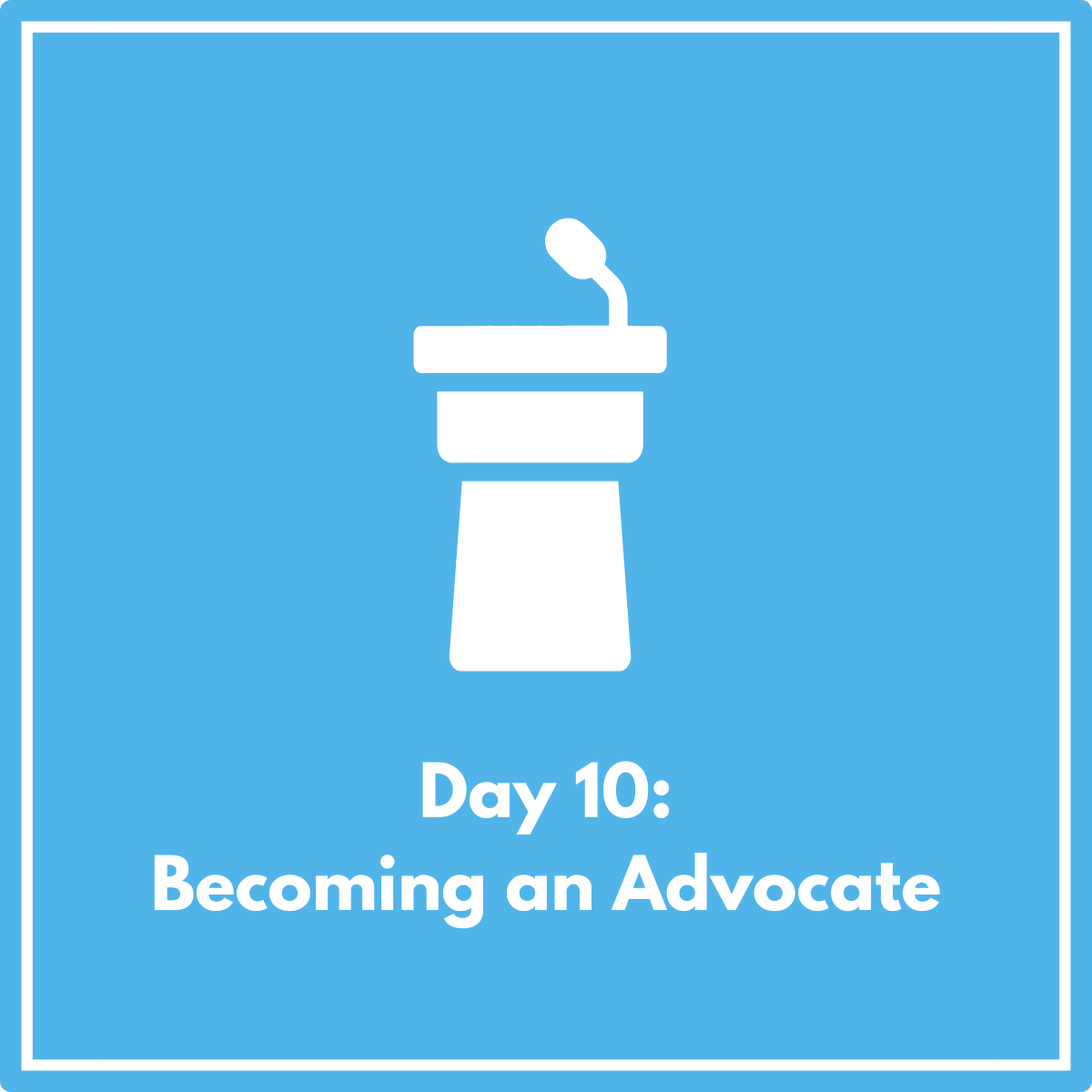

“What I like best about speaking and writing is that it allows me to gain control over my story. For so many years, my disease forced me to be reactive, but now I’m the one on the offensive. I’m the one who gets to interpret my experience, form it into a narrative, and repackage it for the wider world.” Perfectly said. Always grateful for your writing and for sharing your story.
Chris, your story of living with a chronic, debilitating illness, finding ways to overcome and thrive, and becoming an advocate for others is really inspiring. As a parent of a kid with chronic illness, this gives me hope today. Thank you!